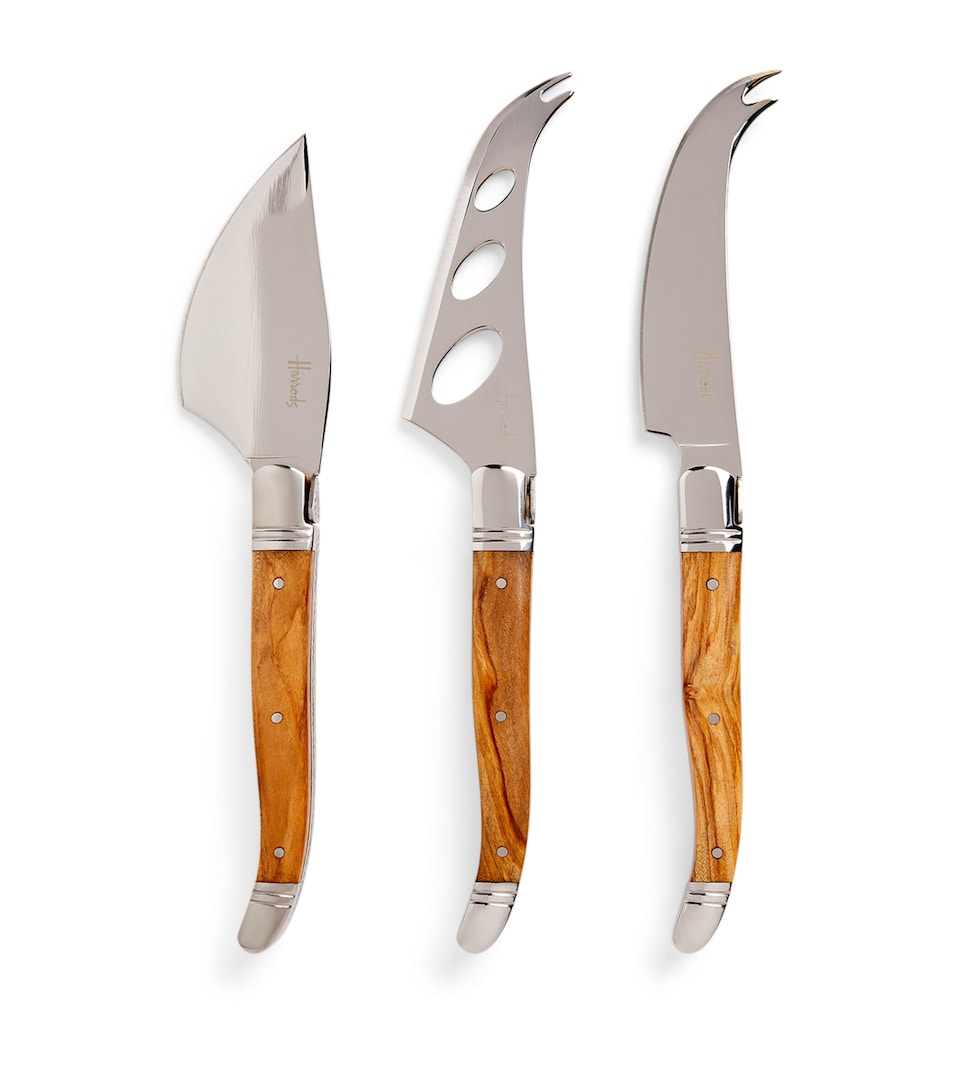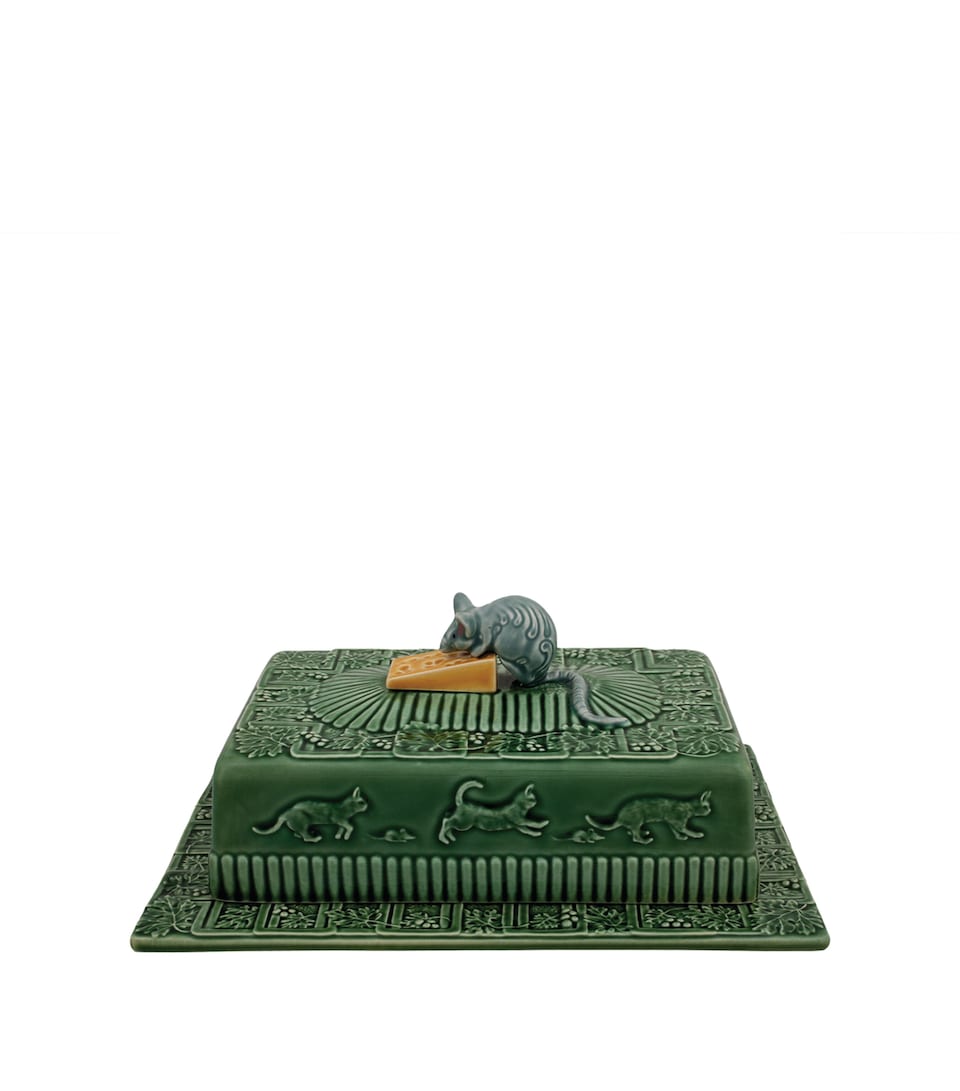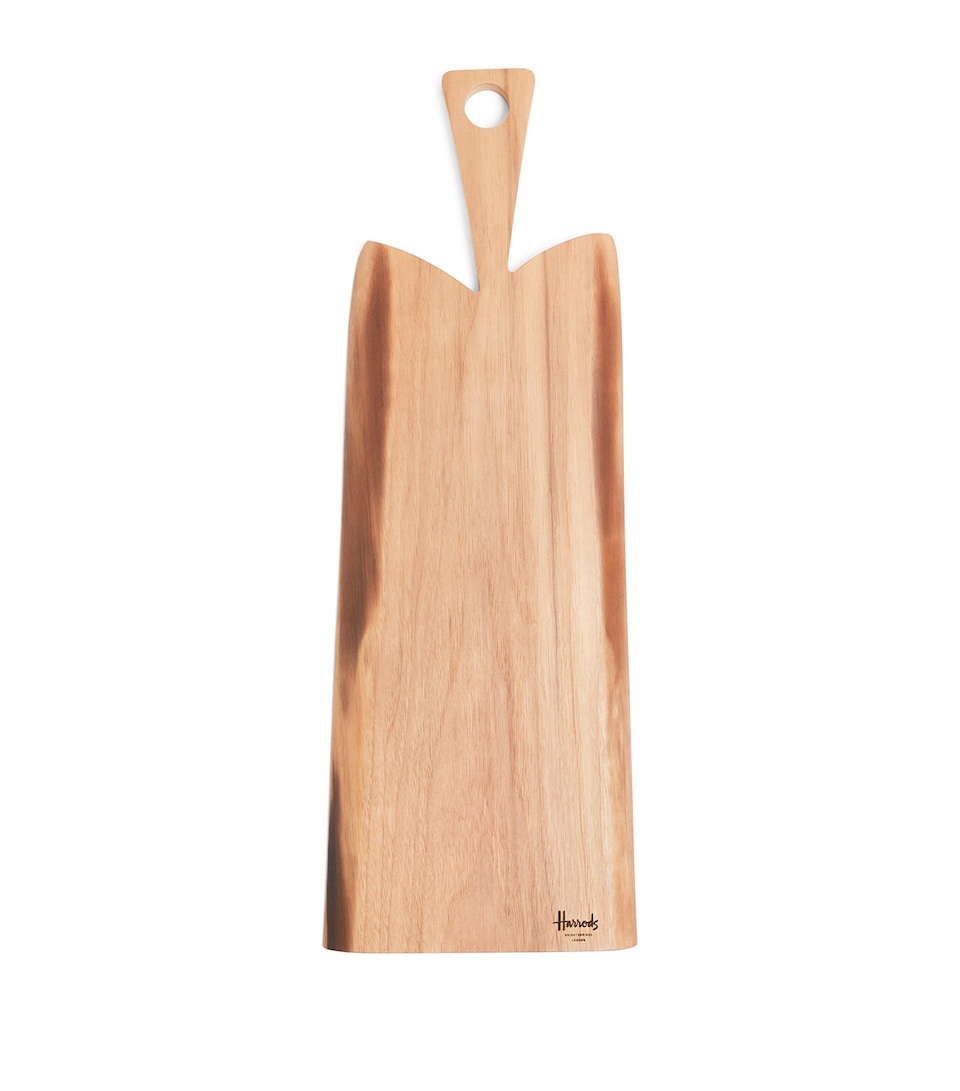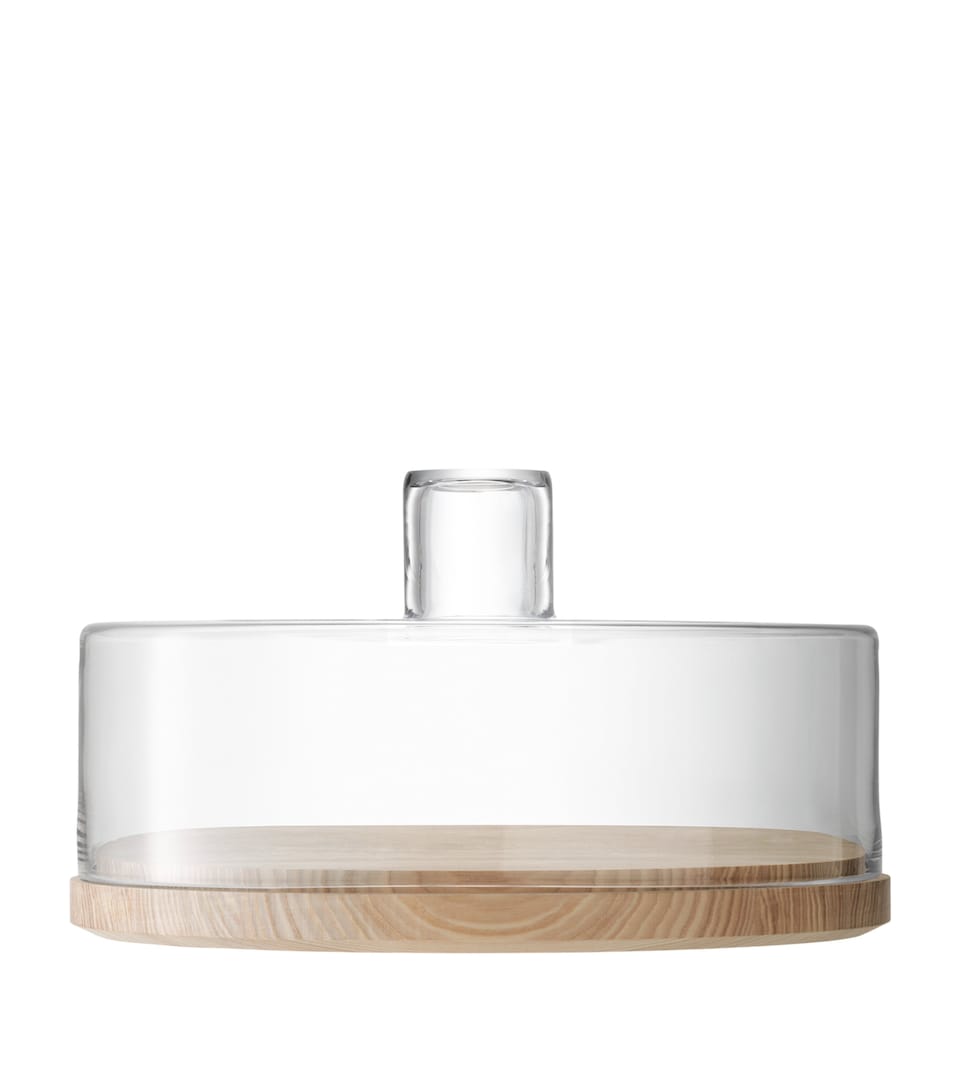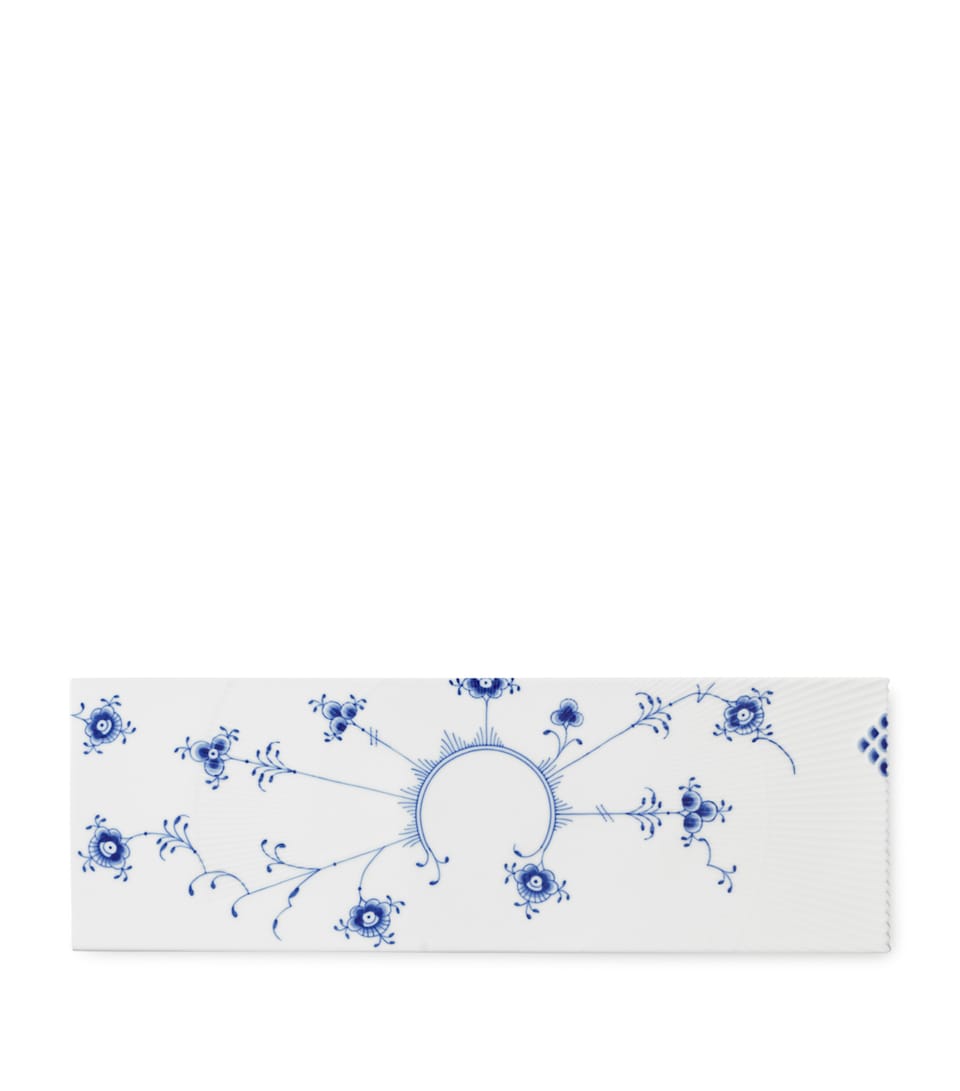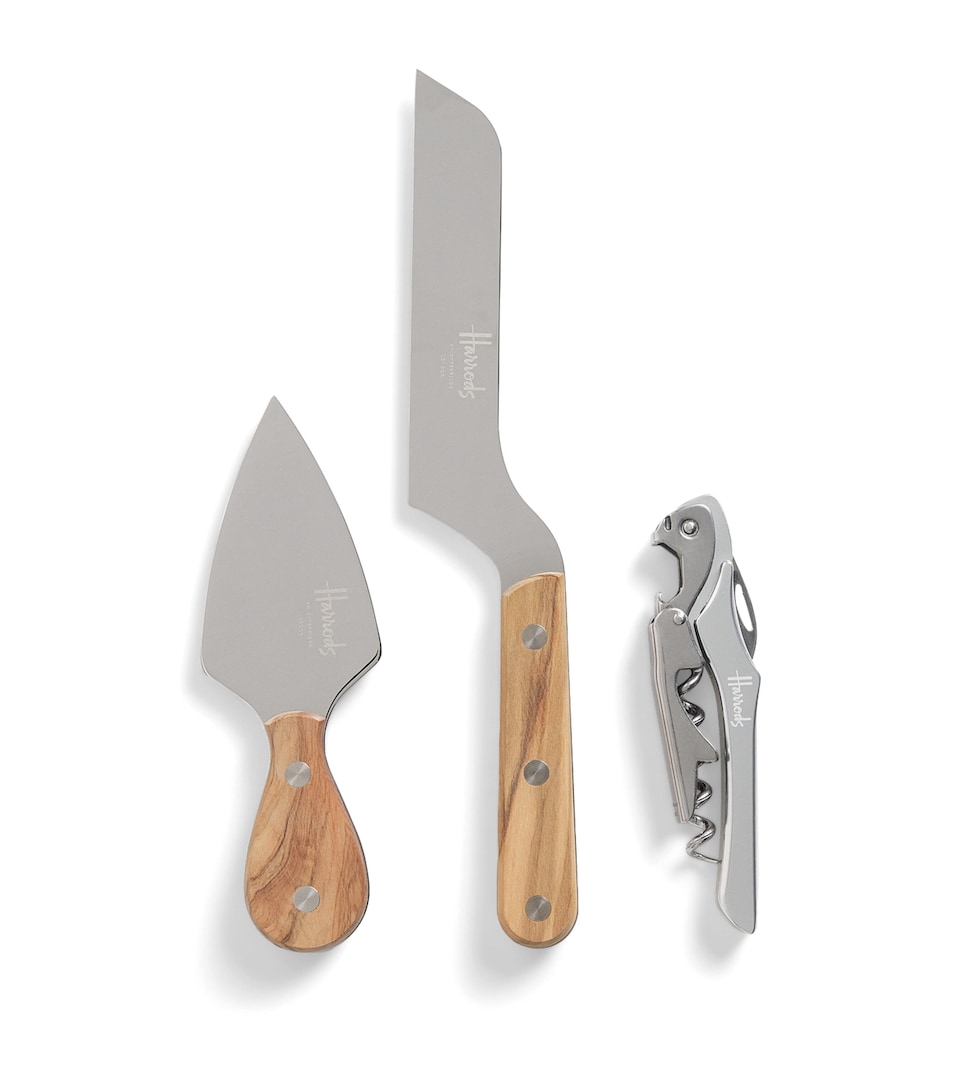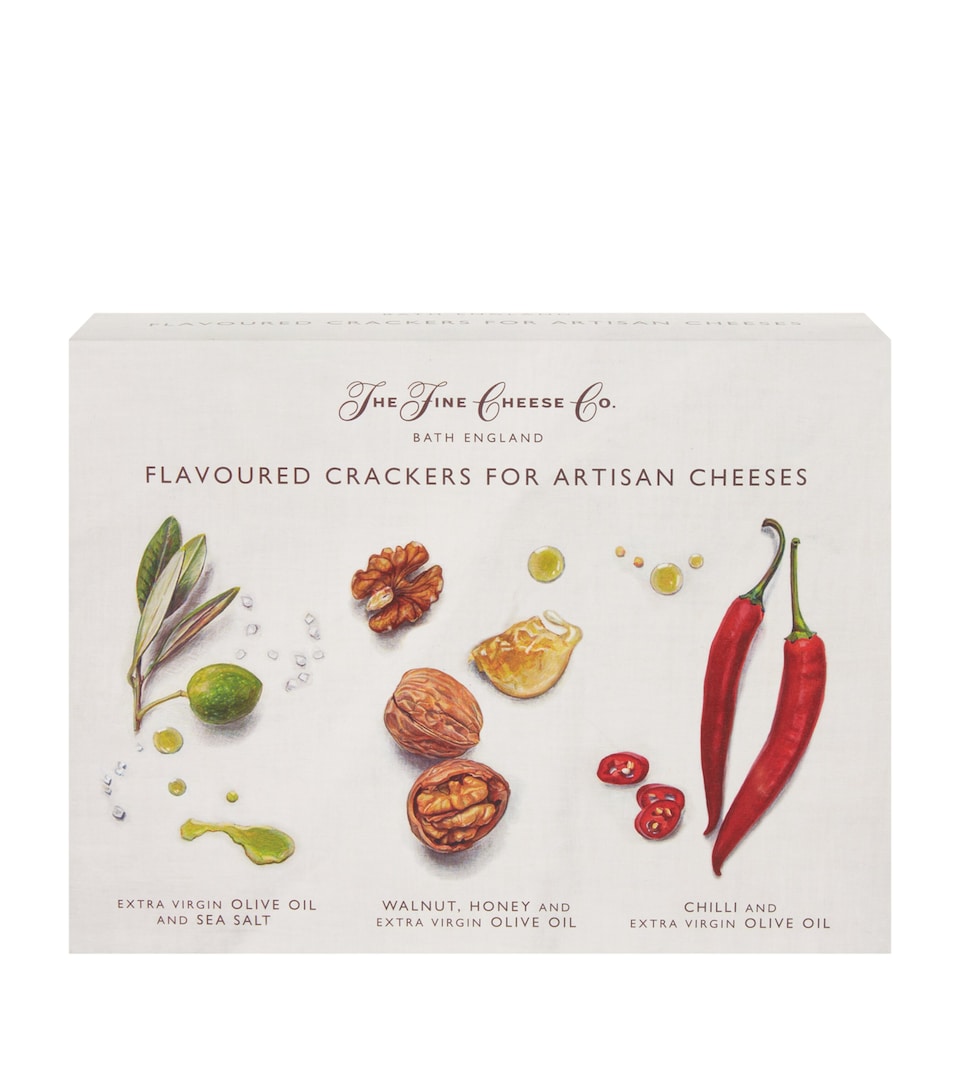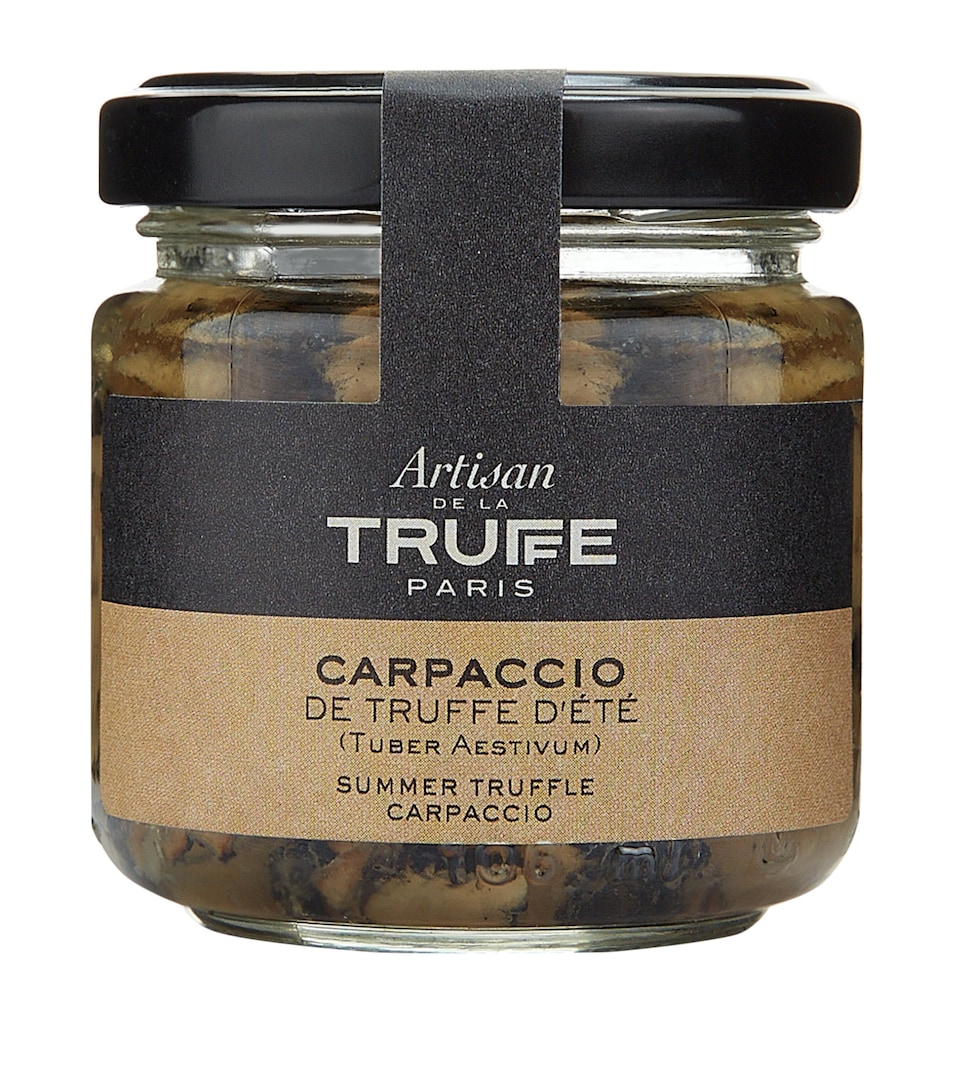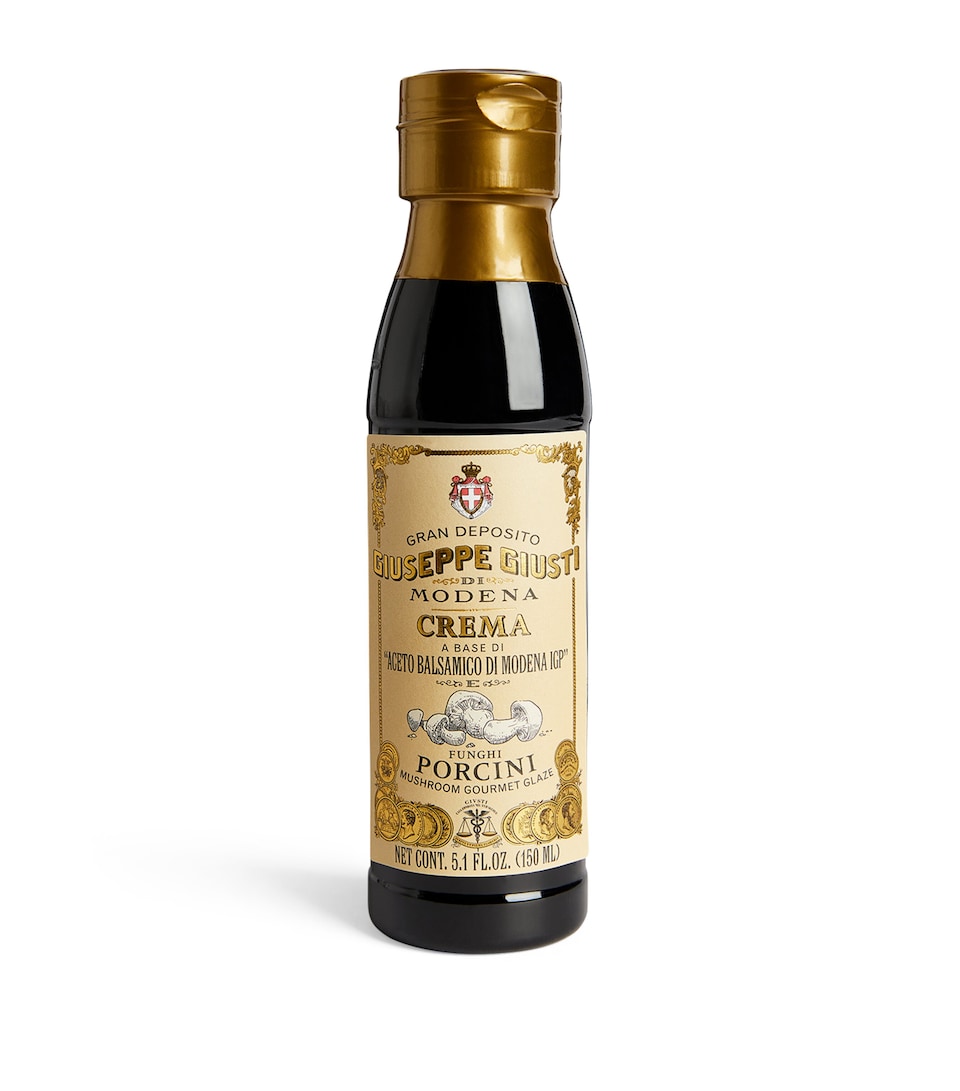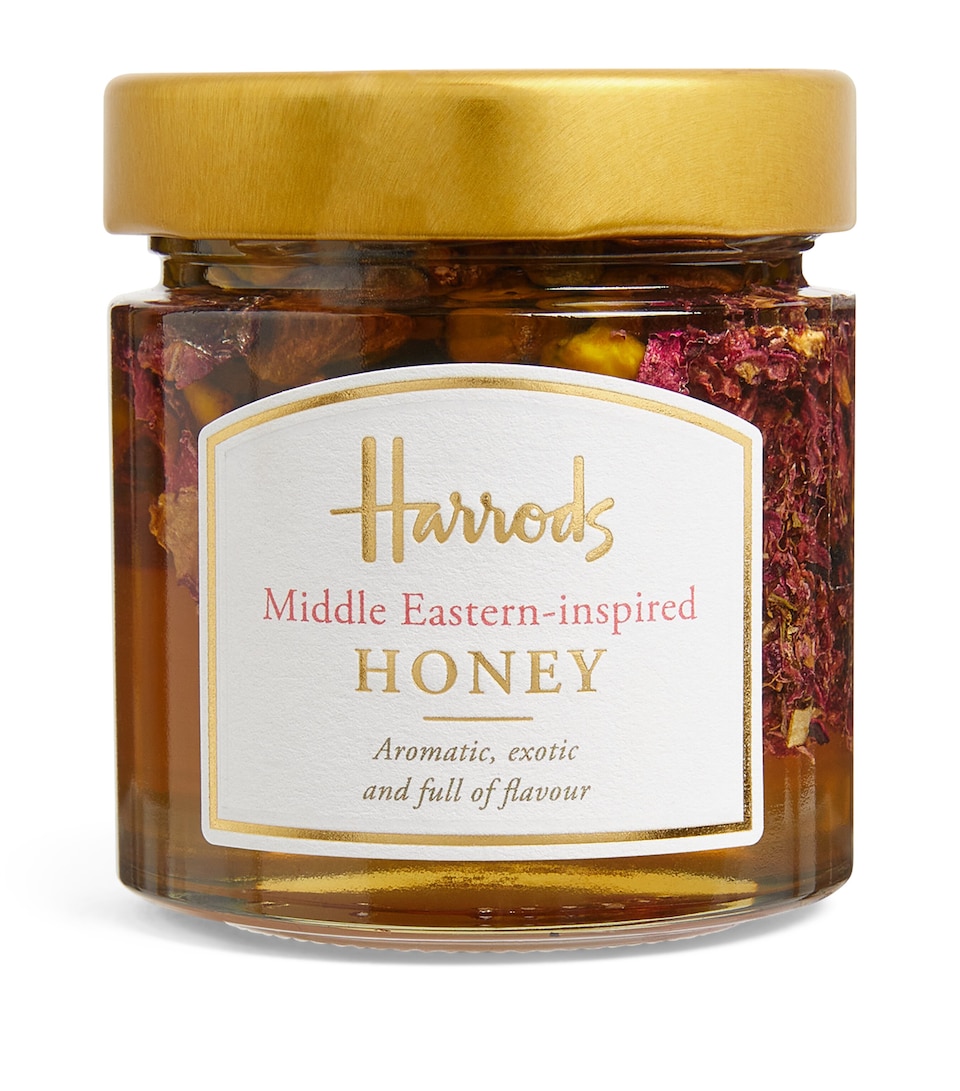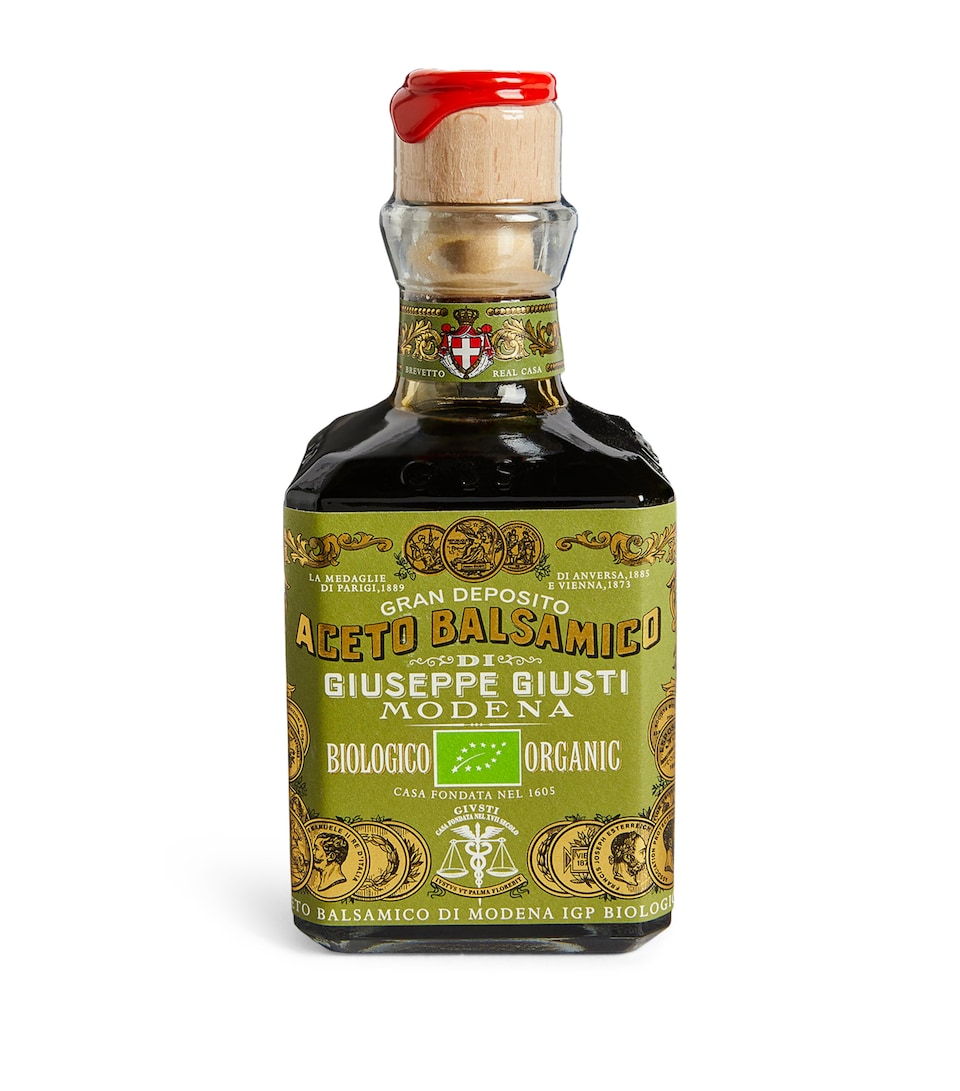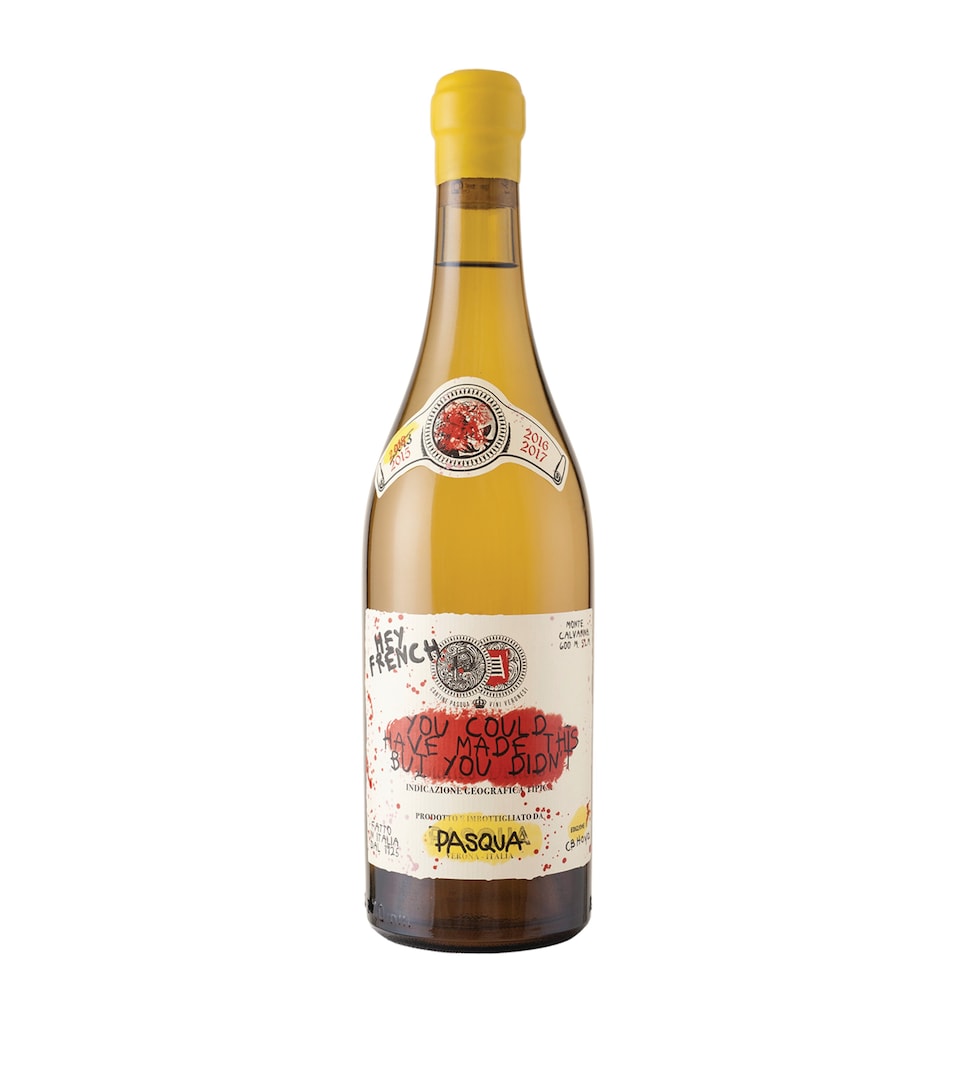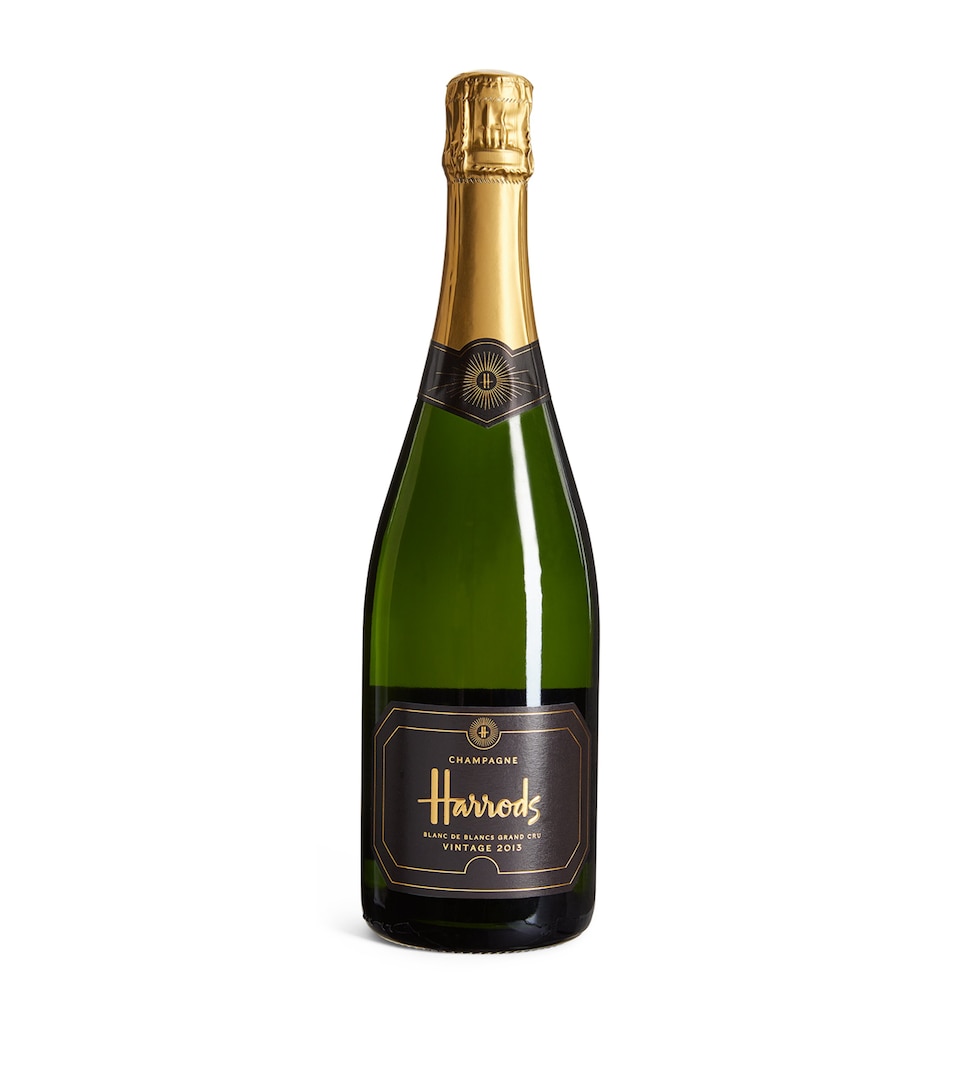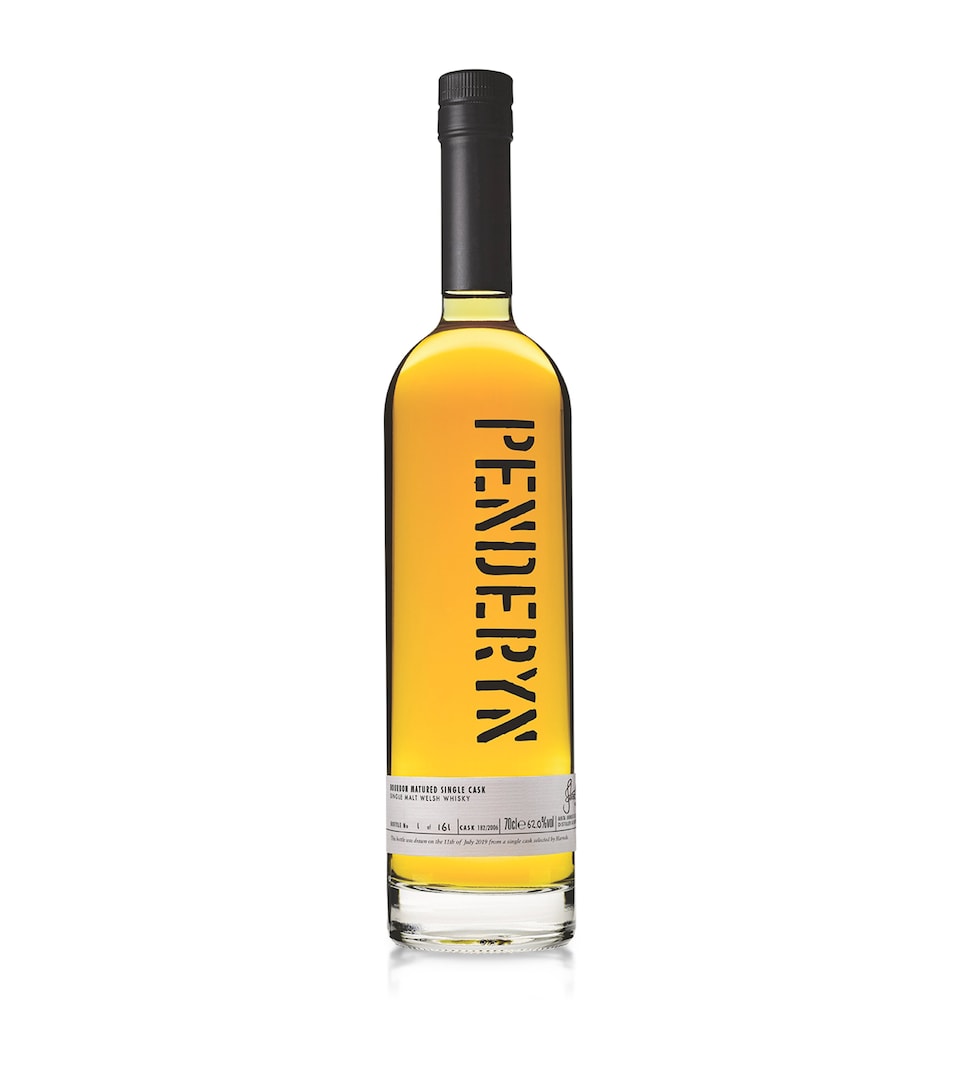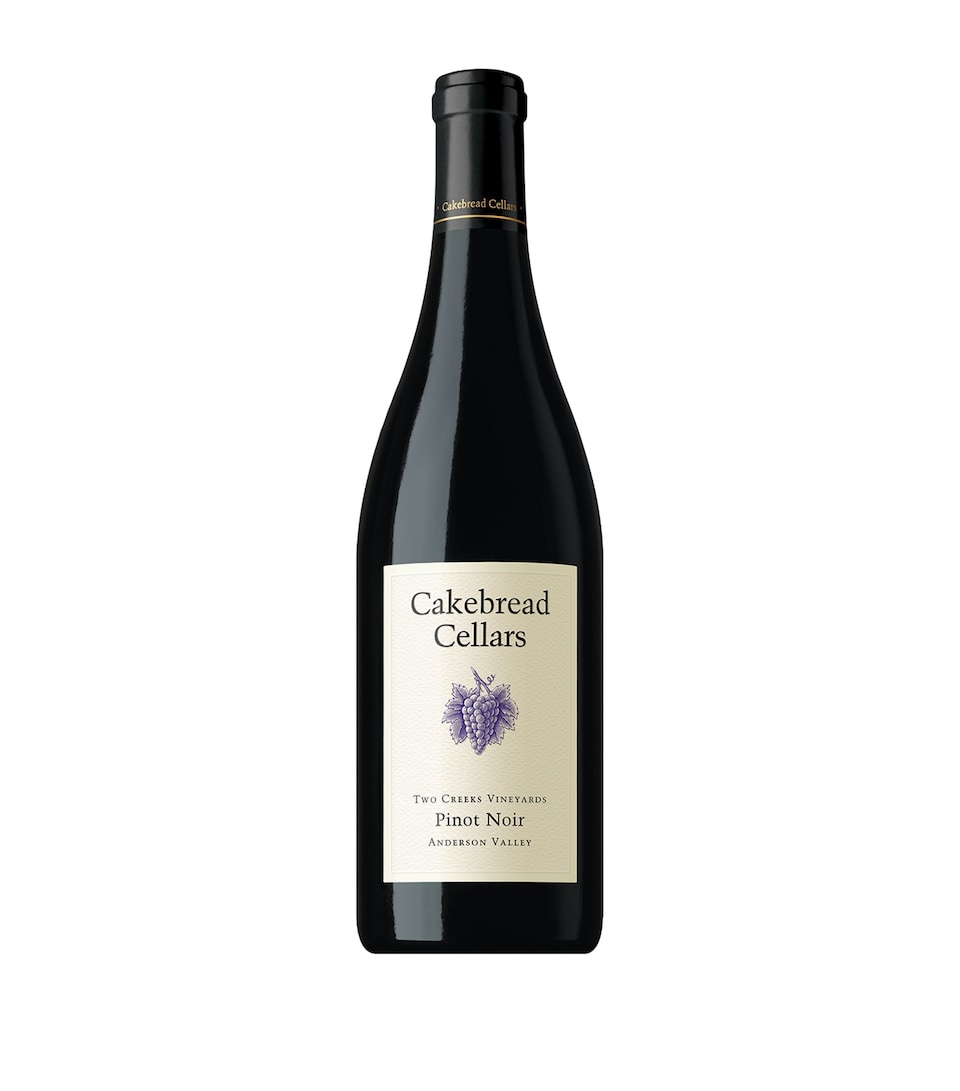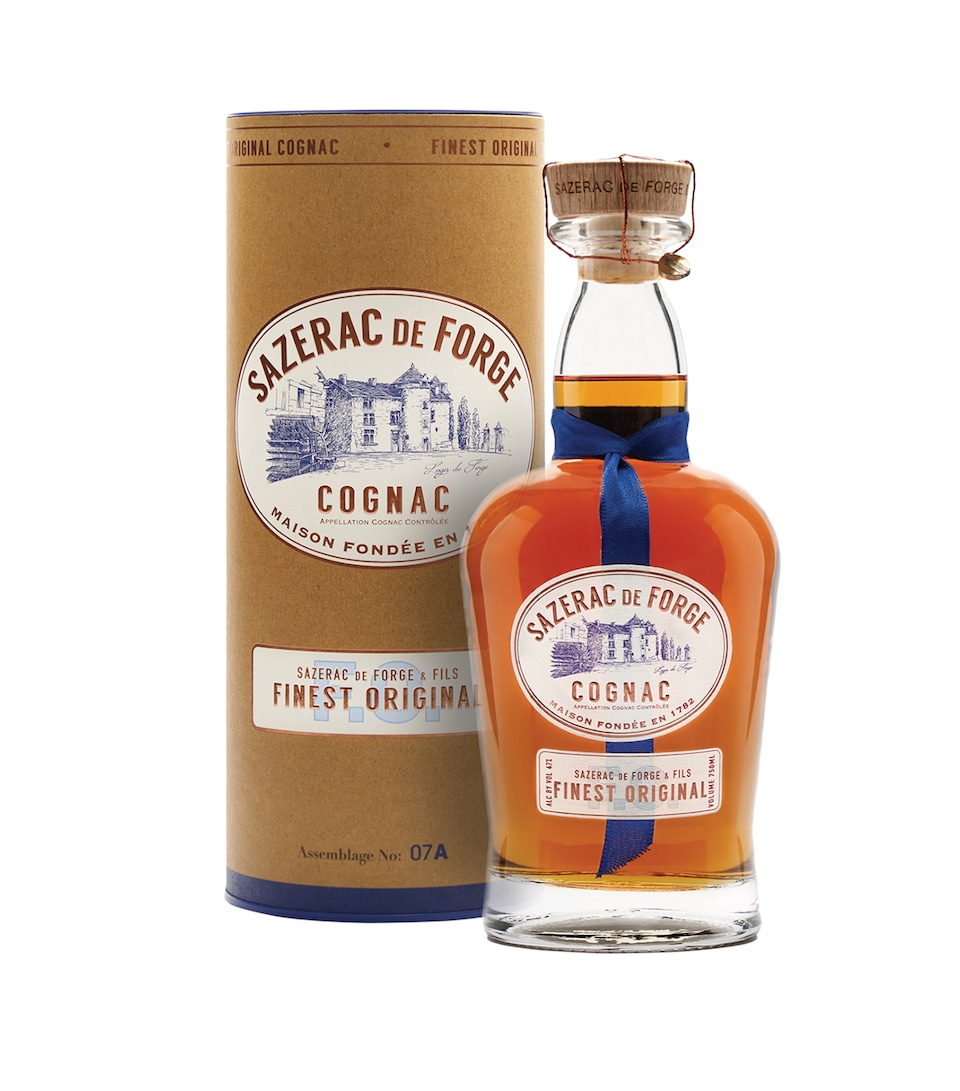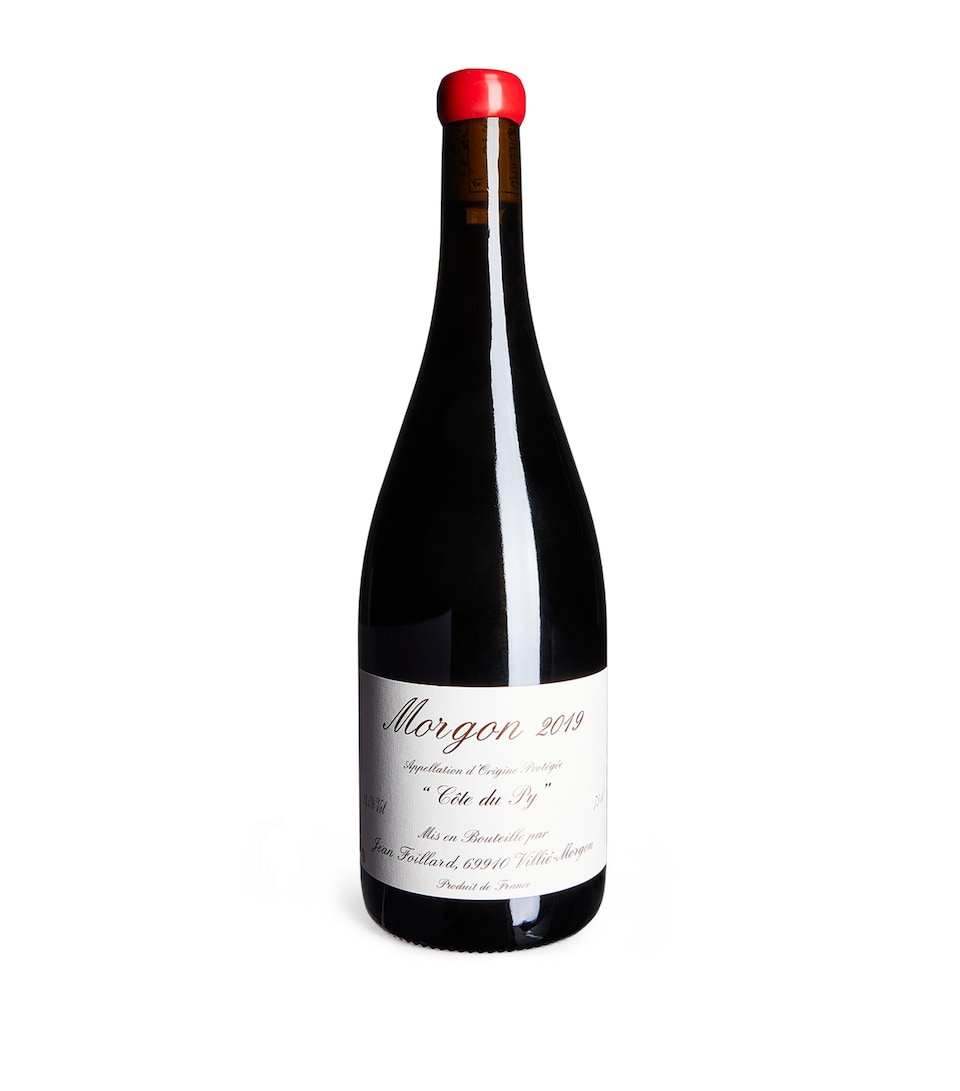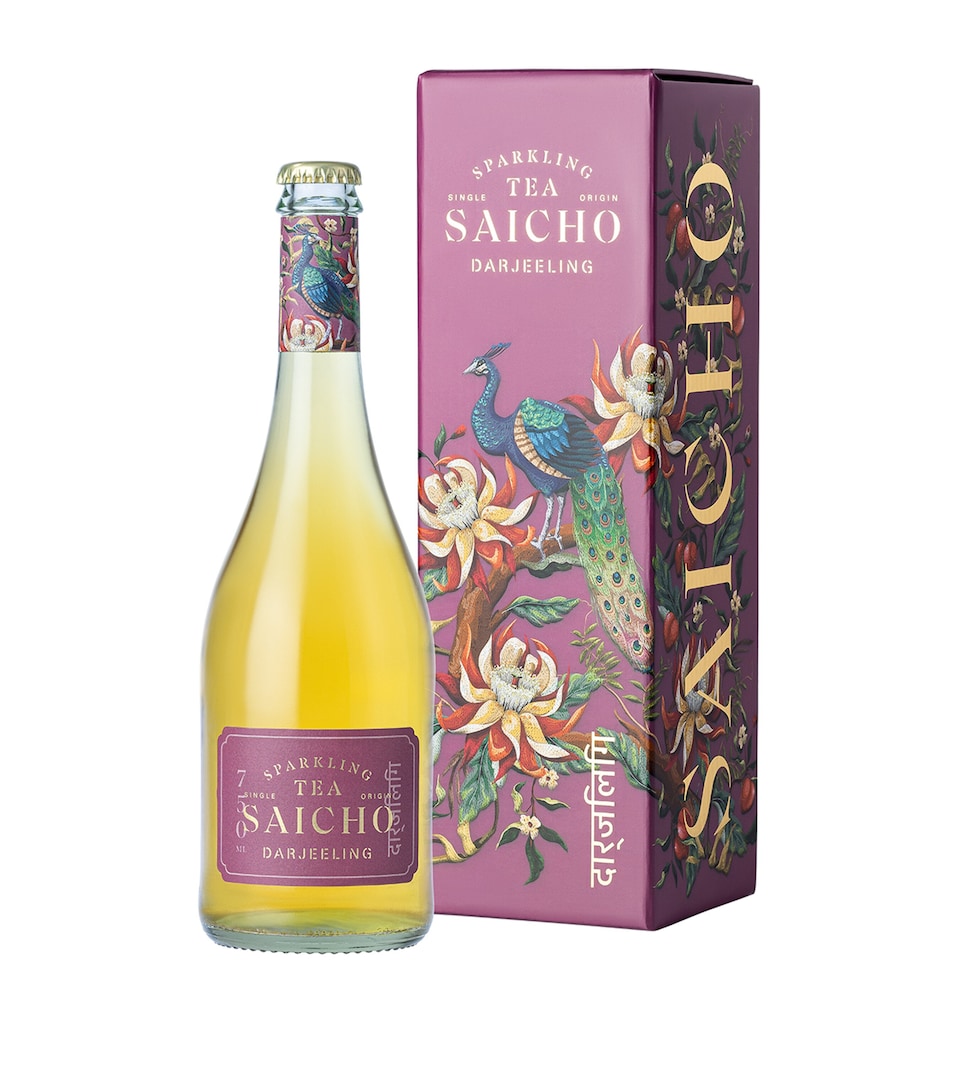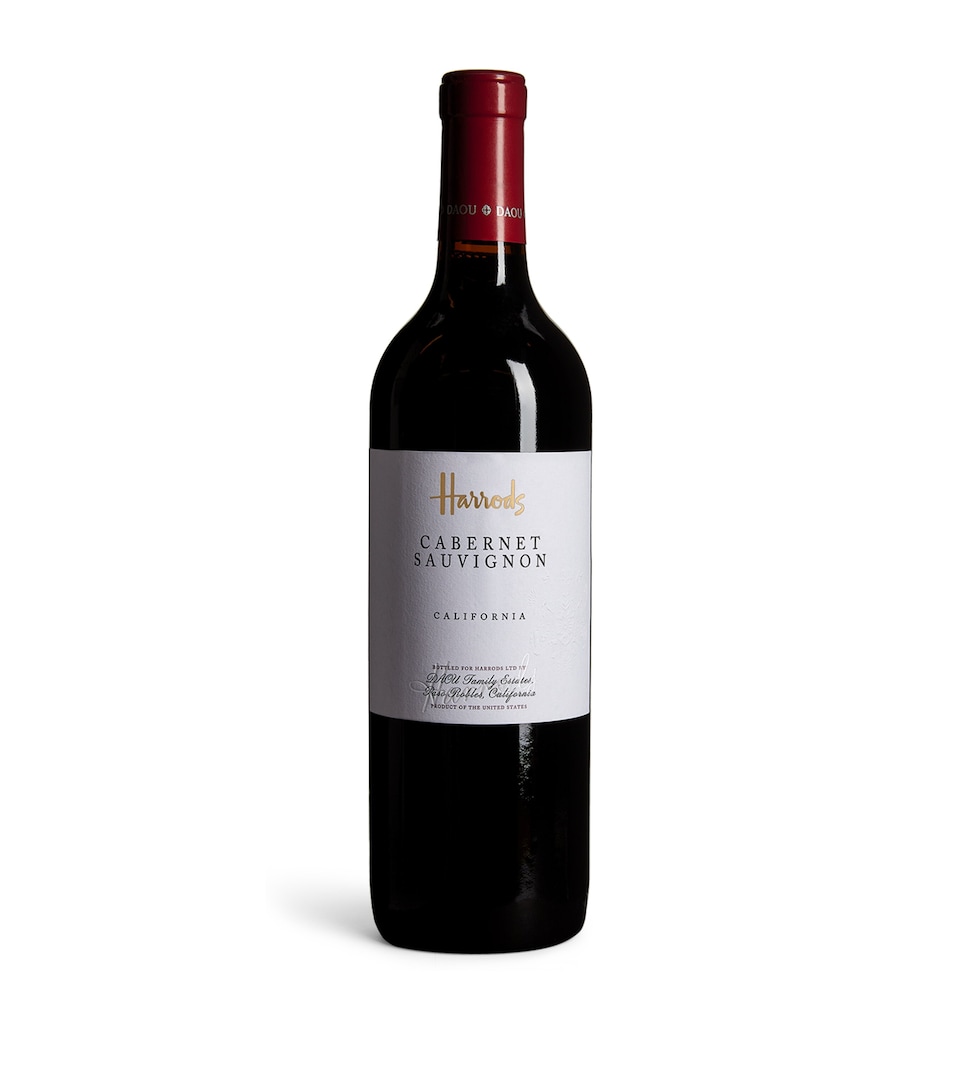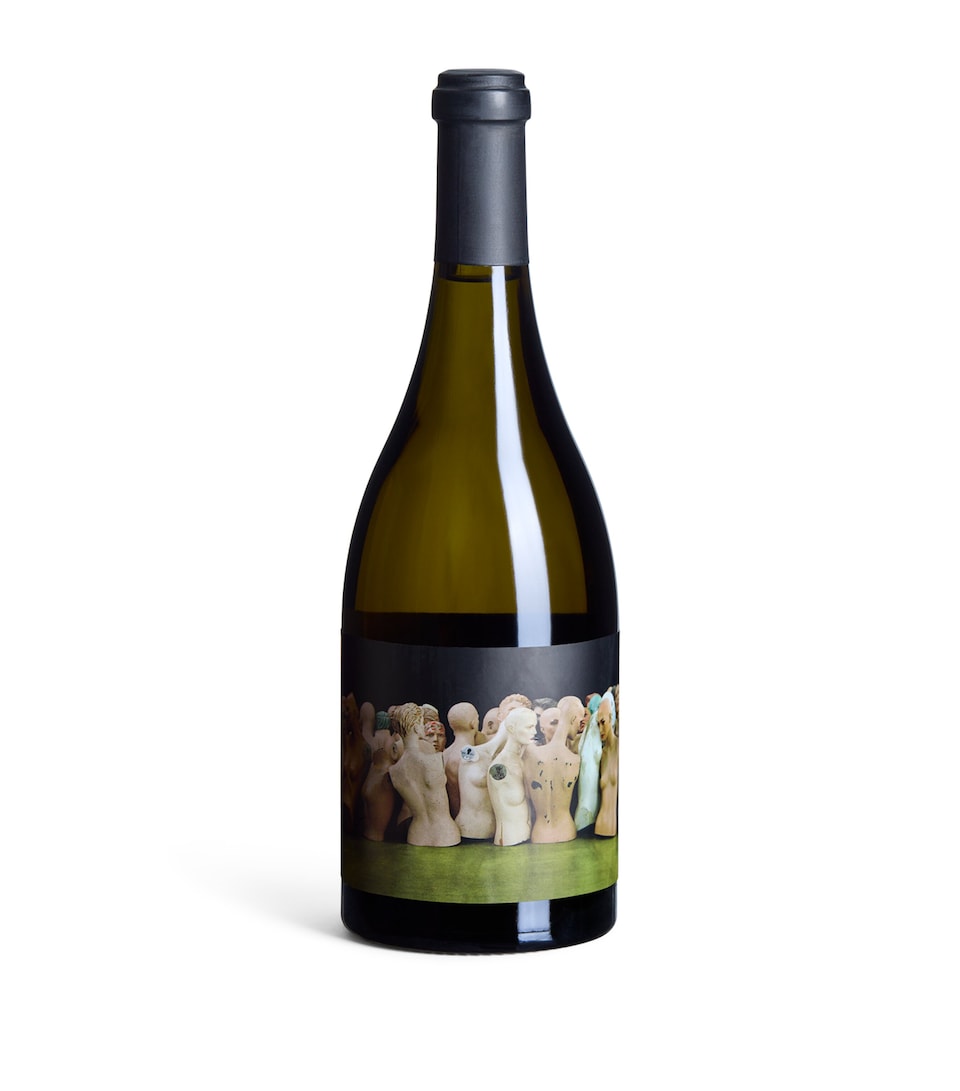
How to Assemble the Perfect Cheeseboard
Words by Emilie Dock
Is there a more wondrous sight than a beautifully curated cheeseboard? We think not. There’s no bad time to bring one out either; whether you’re hosting a cocktail soirée, games night or family get-together, most guests will always appreciate a fine selection of fromages. Pick a range of strengths, terroirs and textures and it’ll please all manner of palates, too. Better yet, it takes mere moments to assemble. All you need is ready access to the finest artisan cheeses (head to the Fresh Market Hall) and a simple set of guidelines.
Step 1: The Cheeseboard and Serveware
Think of your board as your canvas; consider what cheeses you’re including and give yourself enough space to be creative. Most people opt for a wooden cheeseboard (easy to clean, good for cutting and provides a rustic aesthetic), but slate, ceramic and glass are also fit for purpose – and equally charming. Most importantly, include several knives; you don’t want to cross-contaminate flavours. Plus, it means everyone can dig in at the same time.
Step 2: The Cheese
As tempting as it is to pile your board sky-high with cheeses, it’s better to pick just three or five – seven at a push (the French favour odd numbers; don’t ask us why). You could go with a theme (British, Alpine, etc) or mix and match, as long as you balance a range of flavours, strengths and terroirs – and serve enough of each. A good rule of thumb: 50g per person as part of a meal or up to 100g if the cheeseboard is your entrée.
As a general guideline, a cheeseboard selection should feature one soft, one blue and one hard or semi-hard cheese. Other types to consider for a bigger platter are washed-rind, flavoured specials and lesser-known varieties. Here are a handful of examples from our extensive range in-store.
Soft
English Brie, Tommette de Provence, Brillat-Savarin, La Tur
Hard/Semi-Hard
Mature Cheddar Truckle, Mature Red Leicester, Rachel, 36 month Comte, Stärnächäs, L’Antoine de Fribourg
Blue
Stichelton, Colston Bassett Animal Rennet Stilton, Colston Bassett Shropshire Blue, Xavier David Roquefort
Washed-Rind
Port & Cranberry Buffalo Blue, Époisses AOC La Tradition, Stinking Bishop, Taleggio
Flavoured
Truffle English Brie, White Stilton with Cranberries, Blue ’61, Black Truffle Pecorino Moliterno
Waxed
Wensleydale and Cranberries, Chilli Double Gloucester
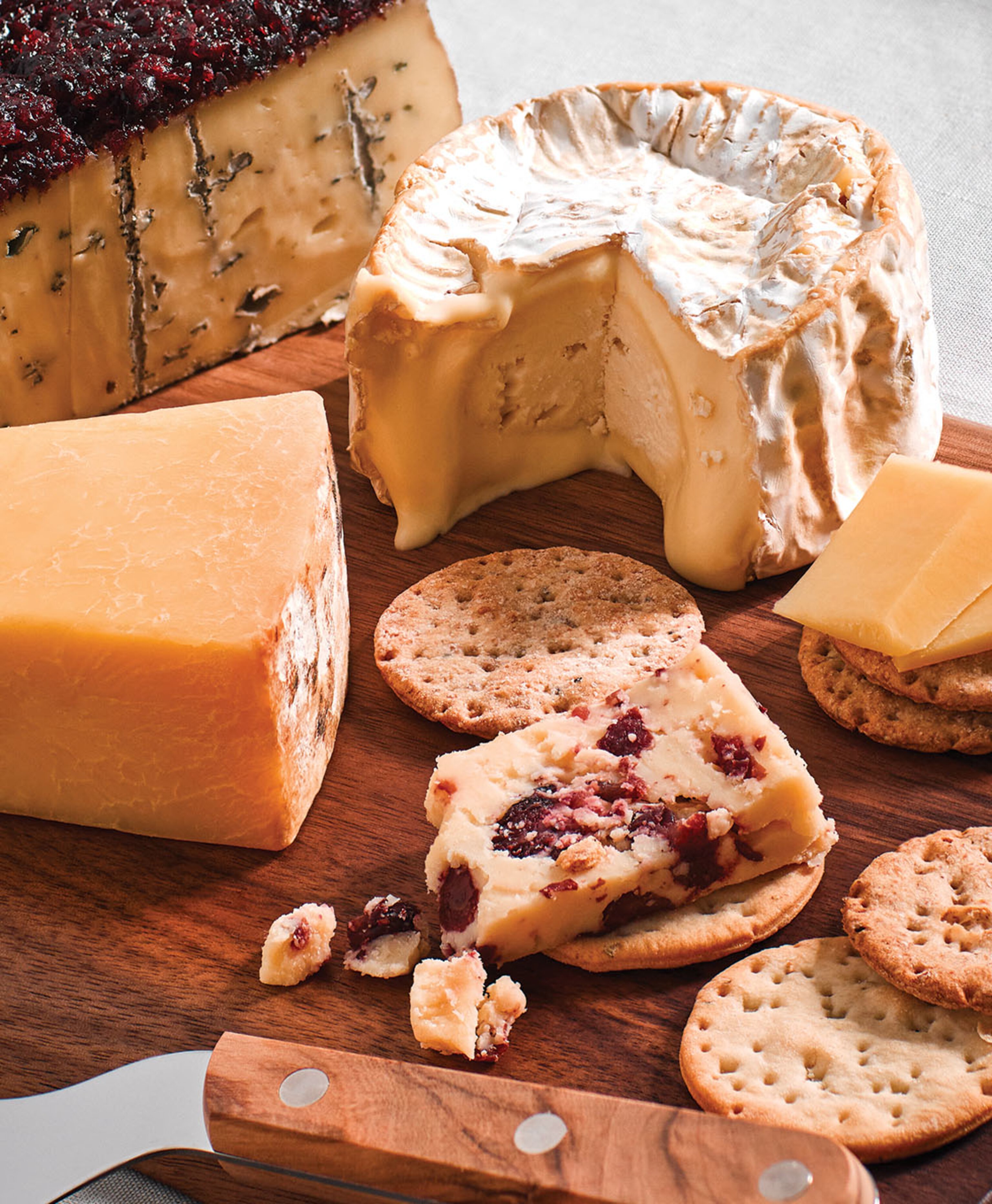
Top Tip
"Remove cheeses from the fridge at least an hour before serving; it’s at room temperature that the fats begin to melt and the flavours and aromas really thrive – simply cover with a dome or cloth so they don’t dry out."
Step 3: The Accompaniments
Fresh baguette, crackers, fruit, nuts, chutney, marmalade, honey, truffle – when it comes to accompaniments there really is no limit. Some pair Stilton with fruit cake. Others goat’s cheese and dark chocolate. Choose a range of flavours and textures (again) and artfully scatter them across the board until you’ve got yourself a delicious Dutch still life.
You’ll find seasonal fruit, nuts and charcuterie in the Fresh Market Hall; and a kaleidoscope of chutneys, honeys and preserves in the Roastery & Bake Hall.

Step 4: The Pairings
Most of us turn to red when enjoying wine with cheese, but there are wonderful marriages in white and spirits, too. Keep in mind, you’re either going to match the essence of the cheese, or contrast it. The same applies for soft drinks. There are plenty of ‘unorthodox’ pairings to be had with tea, for instance. Need guidance? Consult our experts in Fine Wines & Spirits or at the tea counter in the Roastery & Bake Hall – and read our guide to gourmet cheese and wine pairings for our picks of the season.
Frequently Asked Questions
Pick three or five cheeses with a range of strengths, terroirs and textures. As a general guideline, a cheeseboard selection should feature one soft, one blue and one hard or semi-hard cheese. You could assemble it by theme (British, Alpine, etc.) or mix and match, allowing for 50g per person as part of a meal or up to 100g if the cheeseboard is your entrée.
The largest items, your cheeses, should be arranged on the board first. Then, you can add your accompaniments, such as fresh baguette, crackers, fruit, nuts, chutney, marmalade, honey or truffle. Top tip: Let the cheese warm to room temperature for about 30 minutes before serving to bring out the best flavours.
Firstly, the cheese selection. Artisan cheeses like our Port Buffalo Blue, Clothbound Mature Cheddar Truckle and Truffle English Brie will instantly elevate your board. Surround them with gourmet accompaniments like figs, nuts, honey, chutney and truffle, and finish with cheese knives and other serving cutlery.
Red wines like Cakebread Cellars’ Two Creeks Vineyards Pinot Noir and Harrods Cabernet Sauvignon are excellent choices for cheese, but there are wonderful marriages in white wine and spirits, too. Orin Swift Mannequin Chardonnay 2020, for example, pairs well with rich cheeses, while whiskies like Penderyn Single Bourbon Cask 182/2006 complement harder cheese and Sazerac de Forge The Finest Original Cognac for Brie and Camembert. Tea pairings include Harrods Assam Tea for Cheddar and Saicho Darjeeling Sparkling Tea for aged Parmesan. Read more in our guide to gourmet cheese and wine pairings.
When serving a cheeseboard, supply a separate cheese knife for each cheese to avoid mixing flavours and let the cheese warm to room temperature to bring out its flavours. When cutting yourself a slice, cut along the length of the cheese, from the centre to the rind. This will ensure everyone gets a piece of the end (or nose), which is often the ripest part, especially for a cheese like Brie.
Service
Cheese to Order
If assembling a luxury cheeseboard wasn’t easy enough, our experts have put together a handful of perfectly balanced options for home delivery.


